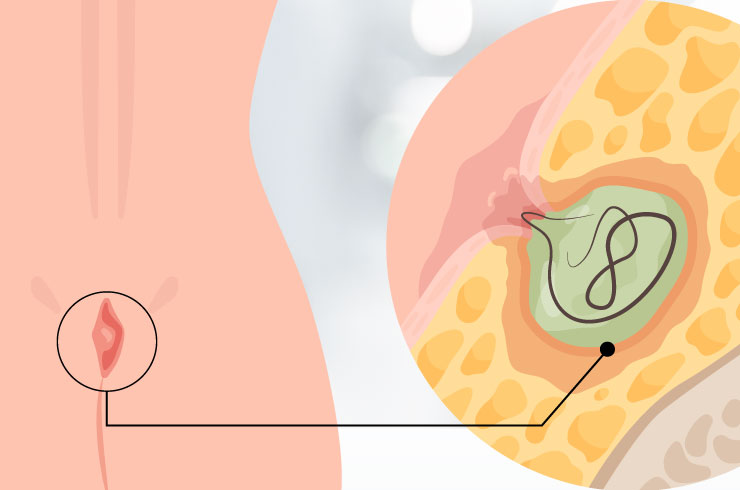
Pilonidal Sinus: Causes, Symptoms, and Treatment
A pilonidal sinus is a chronic skin condition that develops near the tailbone, typically in the crease between the buttocks. It occurs when loose hairs and debris become embedded under the skin, causing irritation and infection. This leads to the formation of a small cyst or tunnel, which can become inflamed and painful. Pilonidal sinus most commonly affects young adults, particularly males, and is often linked to factors such as prolonged sitting, excessive sweating, obesity, poor hygiene, and friction from tight clothing. Patients usually experience symptoms like localized pain, swelling, redness, and sometimes discharge of pus or blood from an opening near the affected area. If untreated, the sinus can repeatedly become infected, causing abscess formation and significant discomfort.
Treatment for pilonidal sinus varies depending on the severity and recurrence of the condition. Initial management may include conservative measures such as maintaining hygiene, hair removal, and antibiotics to control infection. However, many cases, especially recurrent or complex ones, require surgical intervention. Surgery typically involves excision of the sinus tract and removal of infected tissue to promote healing and prevent recurrence. Different surgical techniques may be employed to flatten the natal cleft and reduce the chance of the condition returning. Proper postoperative care, including wound management and lifestyle modifications, is essential for complete recovery. Early diagnosis and tailored treatment ensure effective relief and help patients avoid complications associated with pilonidal sinus disease.
